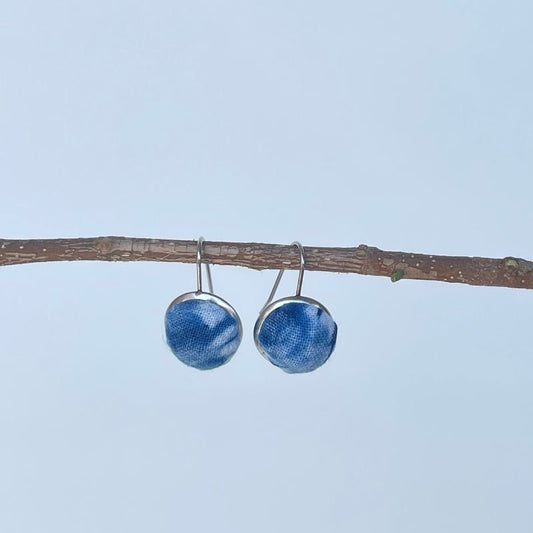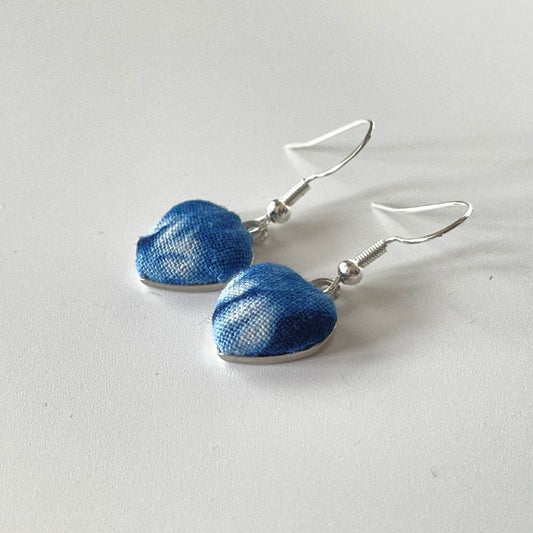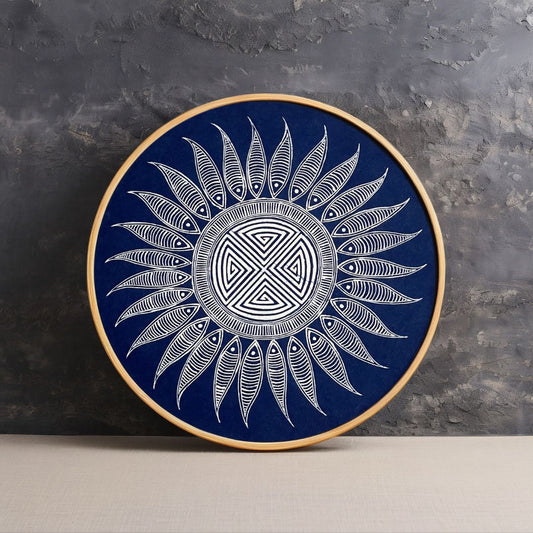Batik is an ancient art form celebrated by the Miao people in China and the Hmong people in Vietnam. Despite shared cultural roots, these two types of batik have unique characteristics shaped by local environments and cultural contexts. Let’s explore the key differences between Chinese Miao batik and Vietnamese Hmong batik, with visual examples to guide our understanding.
Material Choices: Cotton vs. Hemp
Chinese Miao Batik
Chinese artisans traditionally use cotton fabric, prized for its smooth texture and suitability for intricate designs. This choice emphasizes precision and detail, as seen in symmetrical patterns.

Vietnamese Hmong Batik
Vietnamese Hmong artisans prefer hemp fabric, which is rougher in texture and eco-friendly. The use of hemp reflects a sustainable lifestyle rooted in local farming traditions.

Motif Inspiration: Mythology vs. Nature
Chinese Miao Batik
Designs often feature motifs from mythology and folklore, such as dragons, phoenixes, and other auspicious symbols. These patterns are deeply symbolic, telling stories of cultural beliefs and values.

Vietnamese Hmong Batik
Vietnamese designs are inspired by nature, depicting elements like rice terraces, rivers, and plants. The motifs feel organic, representing the Hmong people’s connection to their agrarian environment.

Wax Application Techniques
Chinese Miao Batik
Artisans use a luo qi (wax pen) to create highly detailed and symmetrical designs. The wax is carefully applied to ensure clean, sharp lines that withstand multiple dyeing sessions.

Vietnamese Hmong Batik
The wax application is more freeform and expressive, leading to softer, more fluid patterns. Some Vietnamese artisans also incorporate additional techniques like stitching or tying fabric before dyeing for unique effects.

Dyeing and Color
Both traditions use indigo dye, but Chinese Miao batik often features deeper, more vibrant contrasts due to the cotton fabric's absorption properties. Vietnamese batik, with its hemp base, produces softer hues, giving a more natural, rustic appearance.
Chinese Miao and Vietnamese Hmong batik reflect the artistry and ingenuity of their makers, shaped by distinct cultural and environmental influences. Chinese Miao batik’s precision and symbolic motifs stand in contrast to the organic, nature-inspired designs of Vietnamese Hmong batik. By appreciating these differences, we can better understand and celebrate the diversity of batik traditions across Asia.
For authentic Chinese Miao batik wall art, browse our collection and bring a piece of heritage into your home.










